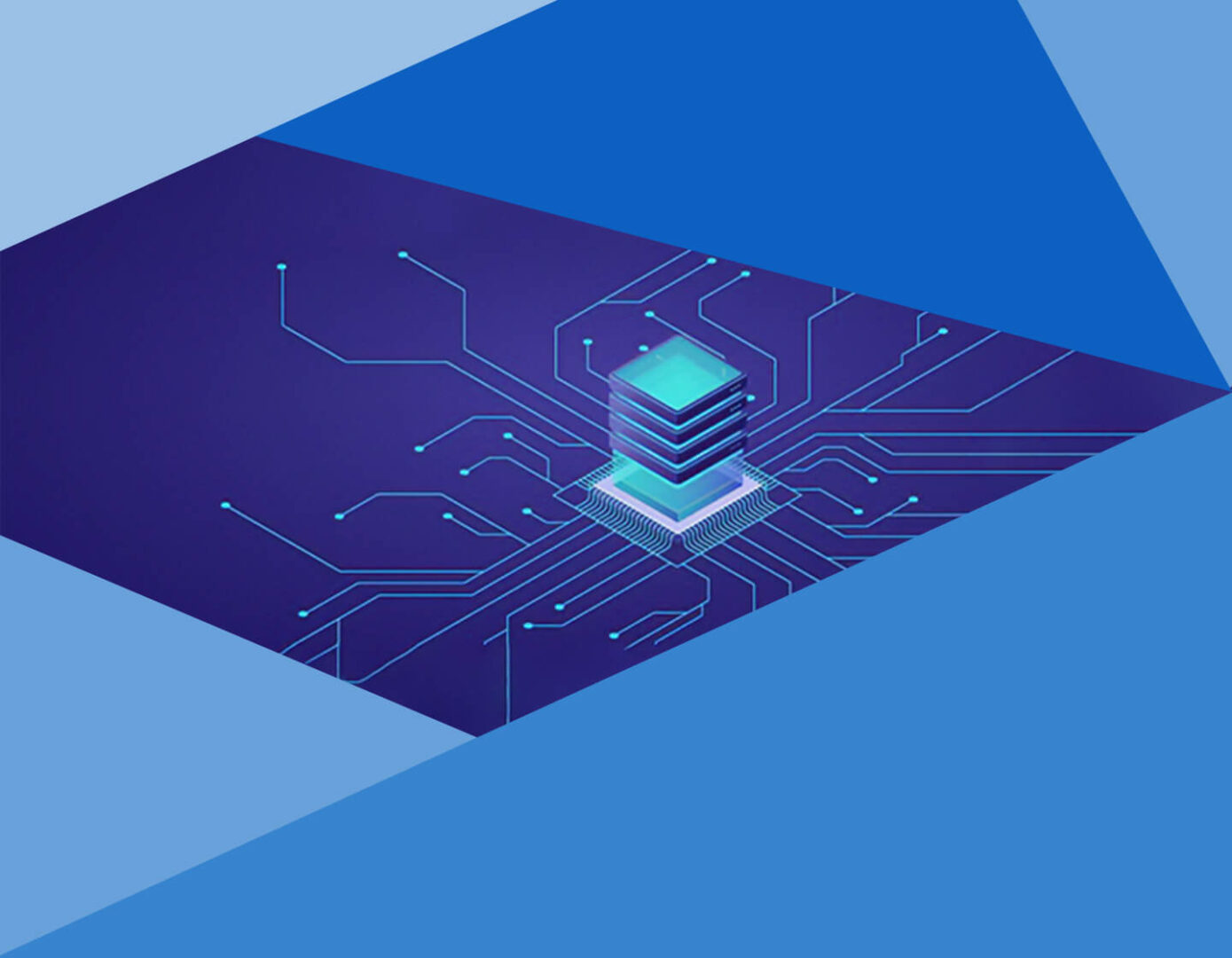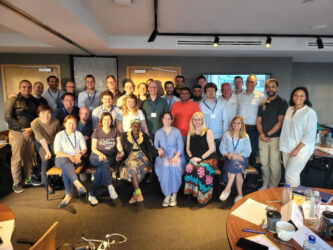
API |
An Application Programming Interface (API) is a set of rules that allow different software ecosystems to communicate with each other. These rules can be standardised in terms of technology, processes and tasks and they allow the exchange of information and commands. |
Artificial Intelligence (AI) |
Artificial Intelligence (AI) is an attempt to reproduce human intelligence with computers in order to carry out automated advanced tasks. AI as used most commonly refers to reproducing repetitive tasks with some degree of intelligence. However, the work of having an algorithm or machine achieve human intelligence in the broader sense (i.e. being able to multi-task) it is still under research and development and is often referred to as Artificial General Intelligence. |
Asset Management |
Managing OPM (see entry below on “OPM”) to generate financial returns, including money invested in pension funds or by insurance companies. |
Bitcoin |
A technology first mentioned in a whitepaper associated with the anonymous inventor Satoshi Nakamoto. The invention combined existing technologies: cryptography and distributed databases to create a new technology called blockchain.
Initially conceived as a way to create a digital global currency (digital cash) out of the control of governments, but the use cases are evolving. Instead of being controlled by a central authority (government or central bank), it is managed by a consensus algorithm called Proof of Work. |
Block |
Each block in a blockchain contains a series of transactions, and each block is linked to the previous blocks. Altering a single block would require amendments to the entire chain, which makes it incredibly difficult. |
Blockchain |
Blockchain is a distributed ledger which is secured by cryptography.
As the name suggests, blockchain is a record composed by a series of blocks that are organised in a chain. Blockchain is the underlying technology behind cryptocurrencies and many companies and institutions are researching broader applications for the technology. |
Central Bank Digital Currency (CBDC) |
CBCD is a digital currency issued by a central bank. Several central banks in different countries and regions are either testing or researching CBDCs. The underlying technology would be somehow similar to Bitcoin, with the main differentiation being the centralisation of governance if compared to the decentralised governance of Bitcoin. |
Centralised Applications |
Centralised Applications are applications generated with traditional technology outside the blockchain stack. In the crypto industry, it is often touched upon when referring to trading platforms as these are user-friendly interfaces that rely on traditional technology and provide access to crypto through traditional channels (similar to a stock exchange), although losing some of the benefits of blockchain, like security. |
Consensus Algorithm |
A process or set of rules which allows distributed nodes to reach agreement on the data in a distributed ledger. This agreement can be used to validate transactions in a decentralised way. |
Cryptocurrency |
A form of digital currency relying on cryptography. |
DApps |
DApps, or Decentralized Applications, are applications developed on existing blockchain networks which allow more secure systems to be built. They can also be governed by a decentralised form of governance. |
Decentralised Finance (DeFi) |
A new financial system with financial applications that function without the need for intermediaries such as banks. Decentralisation of processes extends to allowing the trading, collateralisation, borrowing, lending, derivatives and other services to be managed in an automated fashion which does not require a central authority but rather a consensus mechanism managed by DLT technology. |
Distributed Database |
A database is simply a record of data, like a more sophisticated version of an Excel file.
Distributed means that instead of being stored or controlled centrally, like in a company’s server or cloud, the database is managed by a combination of machines distributed across different countries and organisations. |
Distributed Ledger Technology (DLT) |
DLT is the broader category of distributed database technologies which include blockchain. As the name suggests, DLT leverages the use of distributed databases but not necessarily organised in a chain of blocks, which would define it as a blockchain. |
Digital Assets |
An asset that exists digitally, either solely digital or as a representation of a physical asset. In this case, the digital asset would represent a right to access the physical asset. |
Embedded finance |
Financial services that you access without explicitly starting a financial or banking application. The financial component is integrated in the applications you are using to receive other services. An example would include an Apple Pay button on an e-commerce site. |
Ethereum |
A decentralised blockchain network developed to function as a sort of operating system where you can build the so-called DApps and issue tokens. This relies on smart contracts, and miners of the network will get paid in Ether, which can also be used to pay transaction fees on the network – called gas. |
e-wallet |
A digital representation of a wallet which contains digital assets which may be digital currency, cryptocurrencies, tokens or otherwise. |
Fintech |
The overlap between finance and technology, ranging from a tiny niche group of tech startups to a core banking system. |
Gas |
Gas in the Ethereum network is the unit used to measure transaction fees. This fee depends on the computing power necessary to deliver the given task as well as how busy the network is at that moment. |
Initial Coin Offering (ICO) |
ICO is similar to the concept of an IPO but for the world of crypto. An ICO is used to raise capital to develop a project; it is a sort of crowdfunding activity. There have been some controversies surrounding ICOs, as it is still a widely unregulated area lacking oversight from a single authority. This has led to some of them being pure scams, while others have been proper security offerings required regulatory scrutiny before collecting capital. |
InsurTech |
The tchnology supporting insurance business models, allowing for either the creation of new value propositions, or offering traditional products more efficiently. |
Market maker |
A player that ensures there is sufficient liquidity in the market by providing both the buy and sell legs of a trade and benefiting from the bid-ask spread between the two. |
Mining |
A process whereby miners can earn cryptocurrencies by solving cryptographic equations through the use of computers. For instance, Bitcoin miners receive Bitcoins as a reward for their work as auditors verifying those transactions added to the blockchain. |
Neobank |
A natively digital bank that has been started to provide new financial services or traditional services at lower cost or in new ways. |
Neural Language Processing (NLP) |
As the term suggests, it is a process for machines to interpret human language with the use of machine-learning algorithms. |
Node |
Computers that keep blockchain networks running by adhering to the rules of the system, and that create consensus on the transactions. |
Open Banking |
The practice of allowing bank clients to determine which third parties can access their banking data to provide them with financial services. This is achieved by providing third parties access through APIs. |
OPM |
Abbreviation for “Other People’s Money” |
Payment rails |
A payment rail is a payment network that facilitates the transfer of money from one party to another one. |
Peer-to-peer |
Everyone in the network is equal. There is no hierarchy or intermediary. Bitcoin enables peer-to-peer transactions as if they were physical cash. |
Private key |
A Private Key in Public Key Encryption allows you to read the data stored on the blockchain which is secured by the combination of a Private Key and a Public Key. If you lose the Private Key, there is no process to recover it unlike in the traditional system. Therefore, even legitimate users would be locked out of their own accounts. |
Public Key Encryption |
Also called Asymmetric Encryption, this is a method of encryption in which a pair of connected Public and Private Keys are used to encrypt and decrypt messages. |
Public Key |
A Public Key is an ID that identifies a record on a distributed ledger and which is used in a pair with a Private Key to encrypt the message. |
Proof of Work |
A consensus algorithm to choose which miner can generate the new block in a blockchain. The miner that solves a cryptographically complex mathematical problem (the work) fastest (i.e. has the most computing power) gets to mine the next block and earns some cryptocurrency. |
Proof of stake |
A consensus algorithm to choose which validators can generate the new block in a blockchain. For the validators to participate in the process, they need to stake their cryptocurrency to have skin in the game and demonstrate they care about the outcome of the network. |
PSD2 |
Payment Services Directive 2 – the European standards for open banking. |
RegTech |
Technology solutions that assist in regulatory compliance or enforcement. |
Remittance |
A transfer of money as a payment, often to a party in another country. For example, a migrant worker might make a remittance payment to their family back home. |
Robo advisor |
Like a human advisor in wealth management but it is actually a computer, often relying on AI algorithms. |
Smart contract |
A self-executing contract determining a set of actions that will occur under certain conditions and introduced with the advent of blockchain, which executes these instructions automatically. |
Stablecoin |
A digital asset that has a value pinned to an underlying physical asset like fiat currency or gold. Often the issuer of the stablecoin actually holds the equivalent amount of fiat currency or gold. |
Staking |
The act of locking up an asset so that it is frozen for a period of time in the process of Proof of Stake, in order to demonstrate commitment to the network in exchange for earning interests. |
Security Token Offering (STO) |
An STO is the regulated compliant issuance of securities tokens to new investors to raise capital. |
Wealth management |
Advisory and services provided to manage the money and other assets of High Networth Individuals and Ultra High-Network Individuals. |
White paper |
A research paper outlining the details of a newly proposed technology or business idea. |


